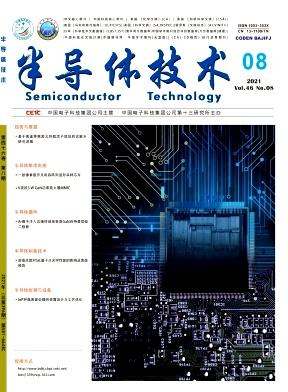The implementation of AFM for process monitoring and metrology in trench MOSFET device manufacturing
引用次数: 5
Abstract
In this investigation the implementation of AFM as a tool for process control as well as a metrology tool for characterizing trench MOSFET devices in a manufacturing environment is examined. In particular this study focuses on three major issues surrounding the implementation of AFM into a high-volume manufacturing environment for process control. First, factors influencing automated data collection are reviewed including scan calibration, alignment identification, alignment issues, and SPC optimization. Second, the critical features of AFM tip selection, behavior, and capability are discussed. Finally, AFM monitoring capability for features within the trench, such as recessed polysilicon and ILD planarization, is evaluated. The AFM is shown to be effective at evaluating depth and surface topography issues. However, the AFM's ability to monitor critical dimension (CD) openings is shown to be very limited.AFM在沟槽MOSFET器件制造过程监控与计量中的应用
在本研究中,AFM作为过程控制工具的实施,以及在制造环境中表征沟槽MOSFET器件的计量工具进行了检查。本研究特别关注围绕AFM在大批量制造环境中实施过程控制的三个主要问题。首先,回顾了影响自动数据收集的因素,包括扫描校准,对准识别,对准问题和SPC优化。其次,讨论了原子力显微镜尖端选择、行为和性能的关键特征。最后,评估了AFM对沟槽内特征(如凹槽多晶硅和ILD平面化)的监测能力。AFM在评估深度和表面地形问题上是有效的。然而,AFM监测临界尺寸(CD)开口的能力非常有限。
本文章由计算机程序翻译,如有差异,请以英文原文为准。
求助全文
约1分钟内获得全文
求助全文

 求助内容:
求助内容: 应助结果提醒方式:
应助结果提醒方式:


